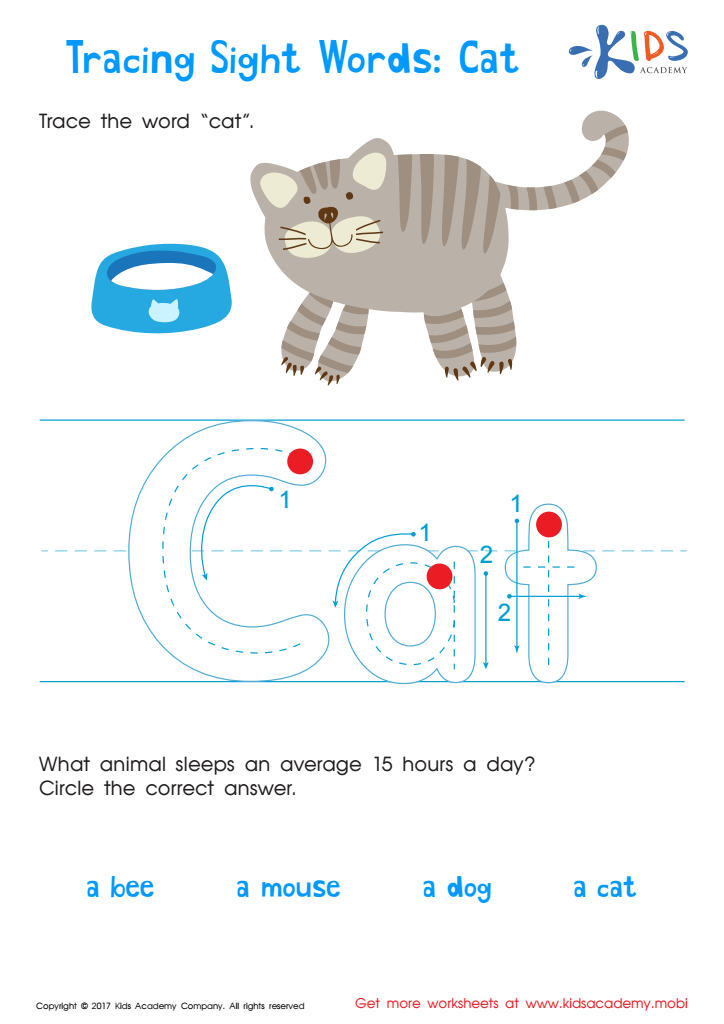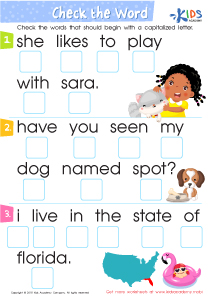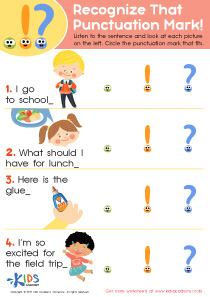Sight word recognition Normal Tracing Words Worksheets for Ages 3-6
3 filtered results
-
From - To
Welcome to our "Sight Word Recognition Normal Tracing Words Worksheets" page, designed specifically for children aged 3-6. These engaging worksheets help young learners develop foundational reading skills through fun tracing exercises. By practicing sight words, children will enhance their vocabulary and reading fluency in an enjoyable way. Each worksheet encourages fine motor skill development while reinforcing word recognition in a visually appealing format. Our thoughtfully created activities make learning to read exciting and interactive, providing a strong base for future literacy success. Explore our collection of printable resources and watch your child master essential sight words with confidence!


Cat Printable Sight Words Worksheet


Dog Worksheet Sight Words Worksheet
Sight word recognition and tracing are essential components of early literacy development for children aged 3-6. Parents and teachers should prioritize these skills because they significantly impact a child's reading readiness and overall language acquisition. Sight words are common words that children see frequently in texts but may not decode phonetically, such as "the," "and," and "is." Recognizing these words instantly reduces reading frustration and boosts confidence, enabling young learners to focus on comprehension rather than decoding.
Tracing sight words also enhances fine motor skills, essential for writing development. As children trace letters and words, they reinforce their understanding of letter shapes, pencil control, and spatial awareness, which are crucial as writing demands increase in later grades. Additionally, the practice creates a multisensory learning experience, making reading more engaging while fostering an early love for learning.
Furthermore, developing these skills early lays a foundation for successful reading habits, influencing academic performance long-term. Parents and teachers play a key role in nurturing these abilities within a supportive, rich language environment, encouraging practice through fun activities that integrate sight word recognition and tracing. By focusing on these aspects, they cultivate confident, capable readers ready to tackle more complex texts in the future.
 Assign to My Students
Assign to My Students
















